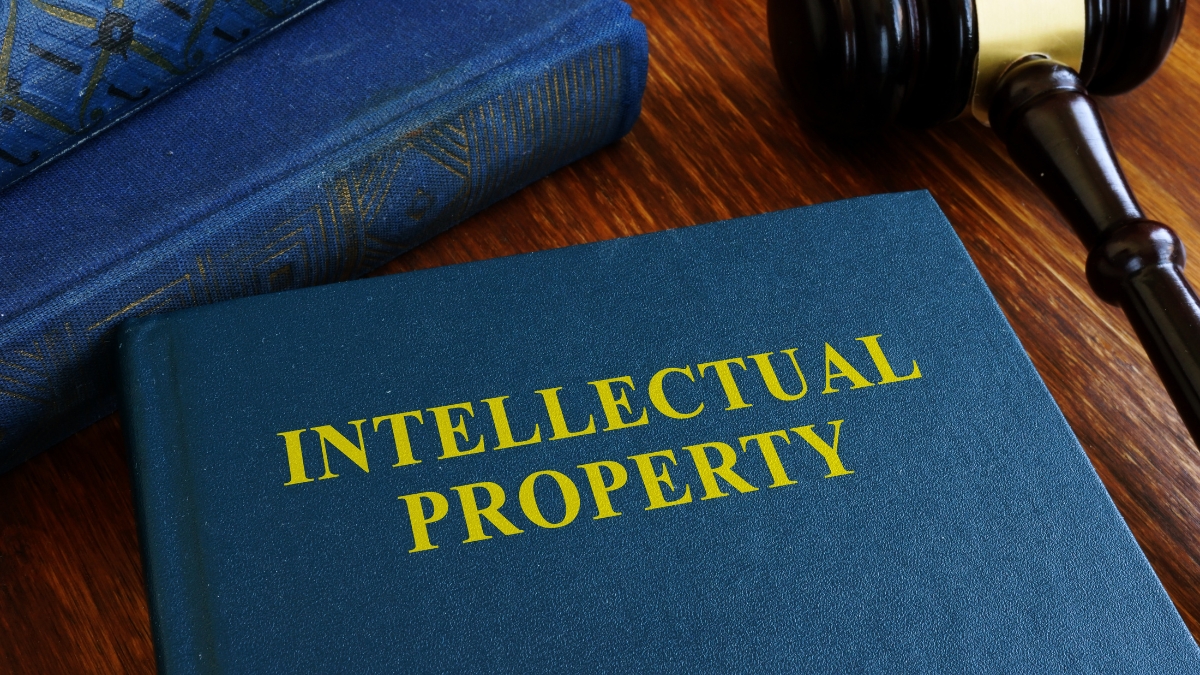In the digital age, where ideas and innovation reign supreme, the concept of intellectual property (IP) has become more vital than ever. From groundbreaking inventions to artistic creations, IP serves as the legal cornerstone protecting the fruits of human ingenuity. This article delves into the intricate world of intellectual property ownership, exploring the legal nuances that govern this essential aspect of modern business and creativity.
Understanding Intellectual Property
Before we embark on our legal journey, it’s crucial to comprehend what intellectual property encompasses. Intellectual property refers to creations of the mind—innovations, inventions, literary and artistic works, designs, symbols, names, and images used in commerce. Broadly categorized into patents, trademarks, copyrights, and trade secrets, IP grants exclusive rights to creators and inventors, encouraging further innovation and protecting their creations from unauthorized use.
Patents: Guarding Innovations
Patents serve as the legal fortress for inventors, offering exclusive rights to their inventions for a limited period. The patent owner gains the authority to decide who may use the patented invention, preventing others from making, using, selling, or importing the invention without permission. While the process of obtaining a patent is rigorous, it provides inventors with the assurance that their groundbreaking ideas are shielded from exploitation.
Ownership of a patent usually rests with the inventor or, in the case of employee inventions, the employer. In many jurisdictions, employers automatically acquire rights to employee inventions, especially if the inventions were created within the scope of employment. However, legal battles may arise over patent ownership, emphasizing the importance of clear contractual agreements between employers and employees.
Trademarks: Safeguarding Brands
Trademarks are symbols, names, and slogans that identify and distinguish goods or services in the marketplace. They serve as a brand’s unique identifier, helping consumers associate products with a particular source. Trademark ownership is typically granted to the first entity to use a mark in commerce. Registration with the relevant intellectual property office strengthens these rights, providing nationwide protection and a legal foundation for enforcement.
In the realm of trademarks, ownership battles often revolve around prior use and the likelihood of confusion with existing marks. The legal landscape becomes even more complex when dealing with international trademarks, as different jurisdictions may have distinct rules and requirements.

Copyrights: Preserving Artistic Expression
Copyrights protect original works of authorship, including literary, artistic, and musical creations. The creator of a copyrighted work is granted exclusive rights to reproduce, distribute, perform, and display the work. Unlike patents, copyright protection is automatic upon creation, and registration is not mandatory but highly recommended for legal advantages.
Determining ownership of copyrights can be intricate, especially in collaborative endeavors. While the general rule attributes ownership to the creator, factors such as employment agreements and commissioned works may alter this equation. In the case of joint authorship, co-creators may share ownership rights, making it essential to establish clear agreements to avoid disputes.
Trade Secrets: Concealing Valuable Information
Trade secrets encompass confidential business information, such as manufacturing processes, formulas, and customer lists, providing a competitive edge to their owners. Unlike other forms of intellectual property, trade secrets rely on the maintenance of secrecy. Once the information becomes public, the protection dissipates.
Ownership of trade secrets is rooted in the entity that takes reasonable steps to keep the information confidential. Employment contracts often play a pivotal role, as employees are frequently privy to sensitive information. When an employee leaves a company, the legal battle over trade secret ownership may unfold, necessitating well-drafted confidentiality agreements and employment contracts.
Challenges and Evolving Trends
As technology advances and global interconnectedness accelerates, the landscape of intellectual property ownership faces new challenges and opportunities. The rise of artificial intelligence and machine learning, for example, blurs the lines of authorship and invention, prompting legal scholars and practitioners to revisit traditional frameworks.
The digital age has also given rise to open-source movements and collaborative creation platforms, challenging conventional notions of ownership. Creative commons licenses, for instance, allow creators to dictate the terms of use for their works, enabling a more flexible and inclusive approach to intellectual property.
As we venture further into the digital era, the legal landscape of intellectual property continues to transform, demanding adaptability and foresight from creators, businesses, and legal practitioners alike. Navigating this legal odyssey requires a deep understanding of the nuances surrounding intellectual property ownership and a commitment to fostering innovation while upholding the rights of those who drive it forward.

